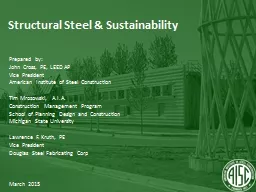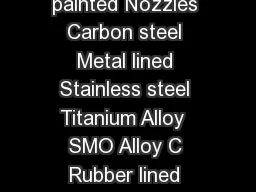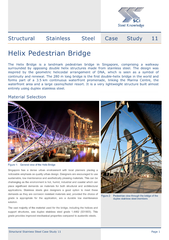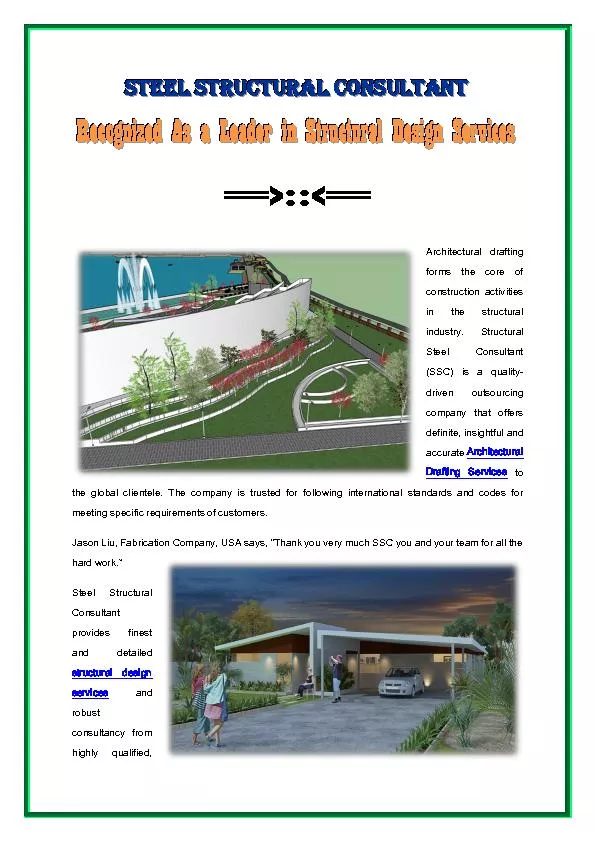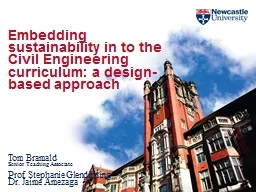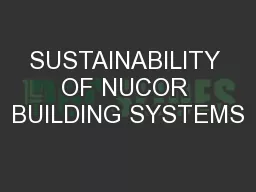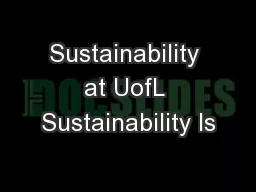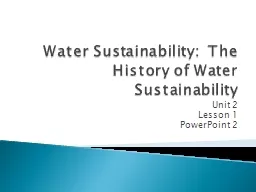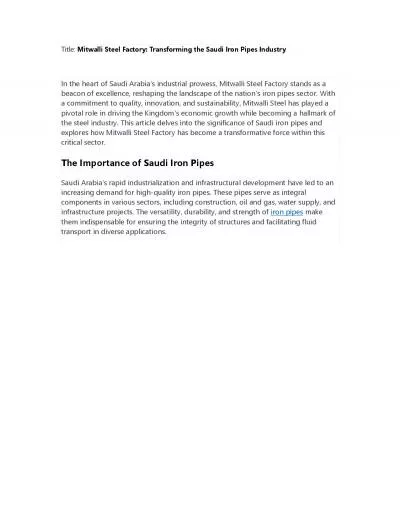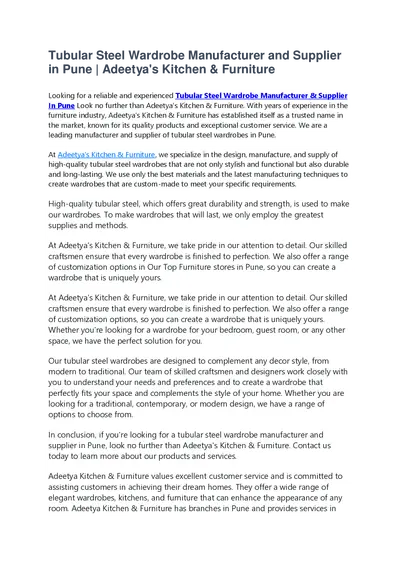PPT-Structural Steel & Sustainability
Author : kittie-lecroy | Published Date : 2018-09-22
Prepared by John Cross PE LEED AP Vice President American Institute of Steel Construction Tim Mrozowski AIA Construction Management Program School of Planning
Presentation Embed Code
Download Presentation
Download Presentation The PPT/PDF document "Structural Steel & Sustainability" is the property of its rightful owner. Permission is granted to download and print the materials on this website for personal, non-commercial use only, and to display it on your personal computer provided you do not modify the materials and that you retain all copyright notices contained in the materials. By downloading content from our website, you accept the terms of this agreement.
Structural Steel & Sustainability: Transcript
Download Rules Of Document
"Structural Steel & Sustainability"The content belongs to its owner. You may download and print it for personal use, without modification, and keep all copyright notices. By downloading, you agree to these terms.
Related Documents

